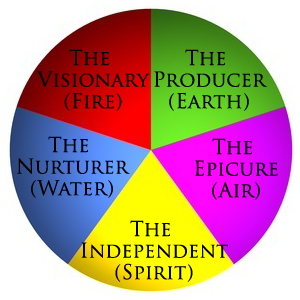A guest post by Bonnie Bright, Ph.D.
Psychotherapy is pervasive in contemporary culture. Even if you’re not a therapist yourself, if you’re taking the time to read this post, chances are good that either you or someone close to you has been involved in therapy at some point in their lives. And, while you may feel you have a good understanding of what happens in the therapy room, there may be more than meets the eye. Do you ever wonder, for example, what has to occur in the therapeutic process so that the basic experience is what it needs to be for both the client and the therapist? How does a therapist tap into the unconscious in order to help the client be more of “who they are”? How does synchronicity—and the interactive field that emerges between two individuals—serve up messages from the unconscious for the benefit of the work? More, where does the therapist her/himself turn for help in honing their own intuition and skills that ultimately contribute to their own individuation process in working with clients?
Read More






